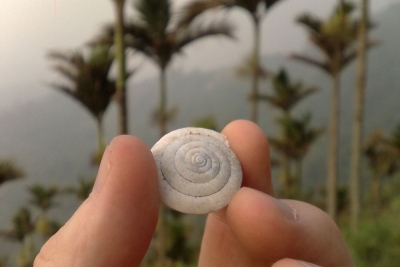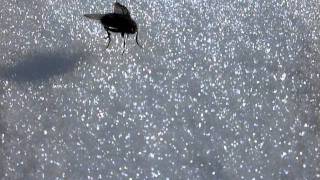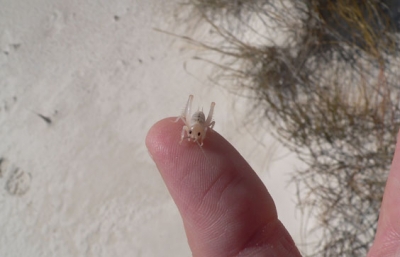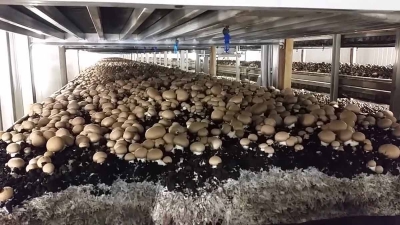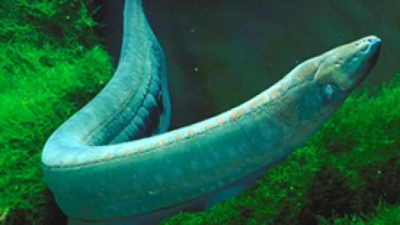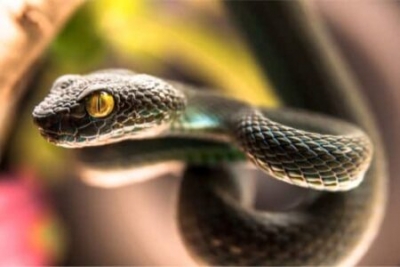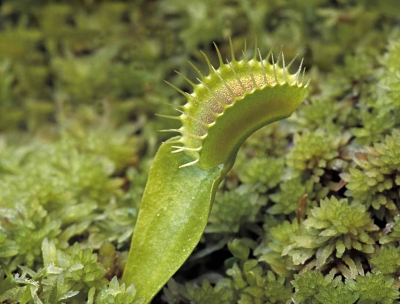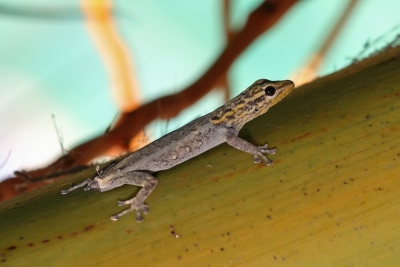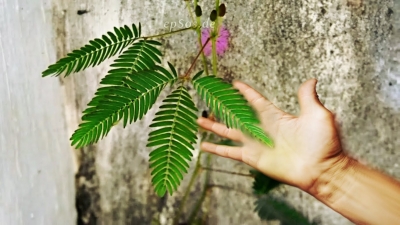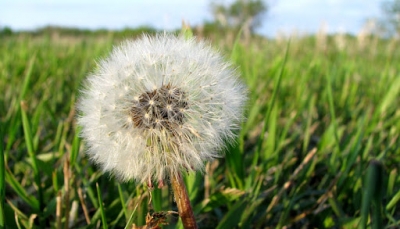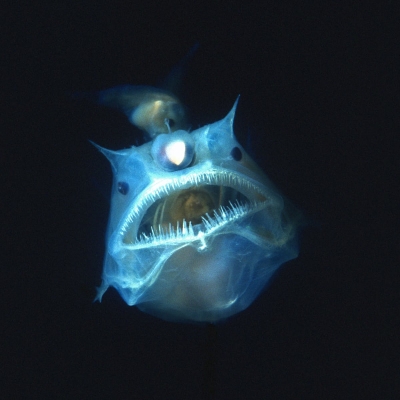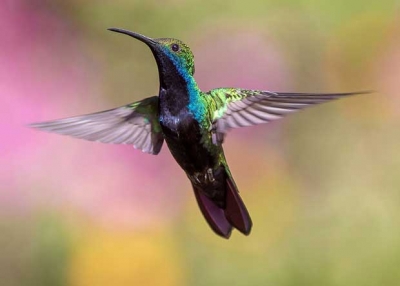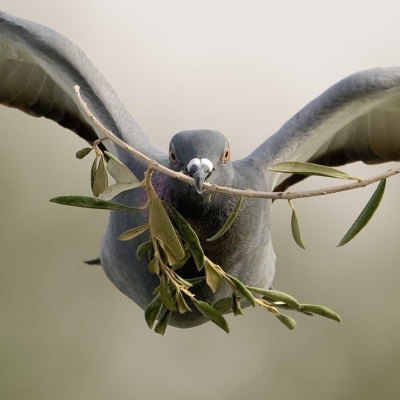Why do camels have humps?
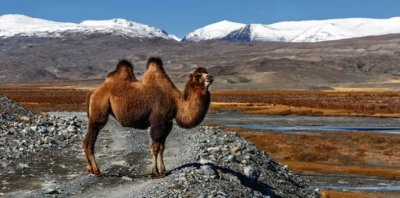
Before you shout out an answer, it is not to store water. It may be quite true that camels can store a huge amount of water. They can drink over ninety litres in just ten minutes. But they keep this elsewhere. Humps are stores of food - well, fat actually.
Out in the desert with nothing to eat or drink for days on end, a camel can live off the water stored in its belly. In the same way, the fat in its hump provides the nutrition it needs. When camels are fit and healthy their humps are large and firm. But by the end of a long desert journey, when the reserves of fat have been used up, the humps are flabby and may droop.
Picture Credit : Google
